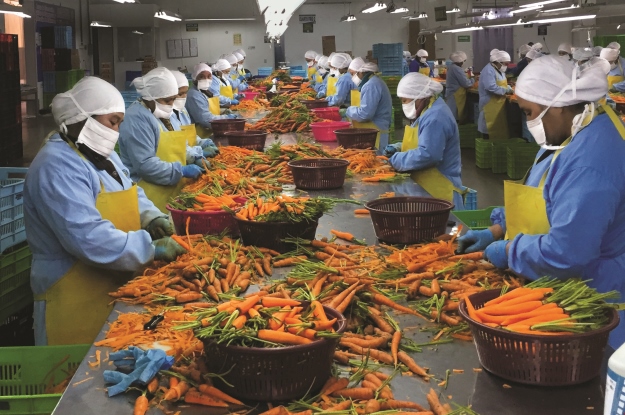These days, Celso López is a naturopathic doctor living a quiet life on a farm. But during the 1980s, he led a column of about 100 guerrilla fighters in the mountains surrounding San Martin, Guatemala. López said he was “the most wanted man in the area,” with a hefty price on his head, and he has the scars to prove it — including one on his cheek from an army bullet.
The wars of the 1980s were ostensibly about economic systems — about using socialism or communism to close one of the world’s biggest gaps between rich and poor. I asked López if his struggle had been worth it. “Perhaps a little,” he said sadly.
“The army is out of power and the cause of justice has advanced, but exploitation continues and the country is still very unequal.”
Indeed, whether it’s income per head, poverty rates, or almost any other measure of socioeconomic progress, the Northern Triangle countries have underperformed their peers elsewhere in Latin America and other emerging markets. In Guatemala, poverty has actually risen since 2011 — from 53.7 percent to 59.3 percent. The country has met only six of the 66 targets set in 2000 by the United Nations as part of its millennium goals initiative. “We were astonished when we saw the figures,” said Edgar Gutiérrez of the Institute of National Problems at Guatemala’s San Carlos University.
Part of the problem is simple: Growth has not created enough jobs. And when there are jobs, they don’t pay enough. A recent World Bank report said the average Central American hourly wage is just $1.40 per hour, compared with a Latin American average of $2.33. The gap has widened by more than a third over the previous 10 years. Worse yet, most jobs are in the informal sector, where workers pay no taxes and receive no benefits. In Honduras, for example, only 20 percent of the workforce has jobs in the formal sector.
Part of the answer surely is in education — but there, too, low wages pose a structural barrier. In rural areas especially, low incomes of around $190 a month lead many families to take their children out of school because they cannot afford uniforms, books or materials. Felicia López, a secondary school teacher from San Martín Jiloptepque in Guatemala (and a relative of Celso), said the cost is a disincentive. “For families in the villages surrounding San Martin, it is complicated and many children are simply not interested in studying.”






